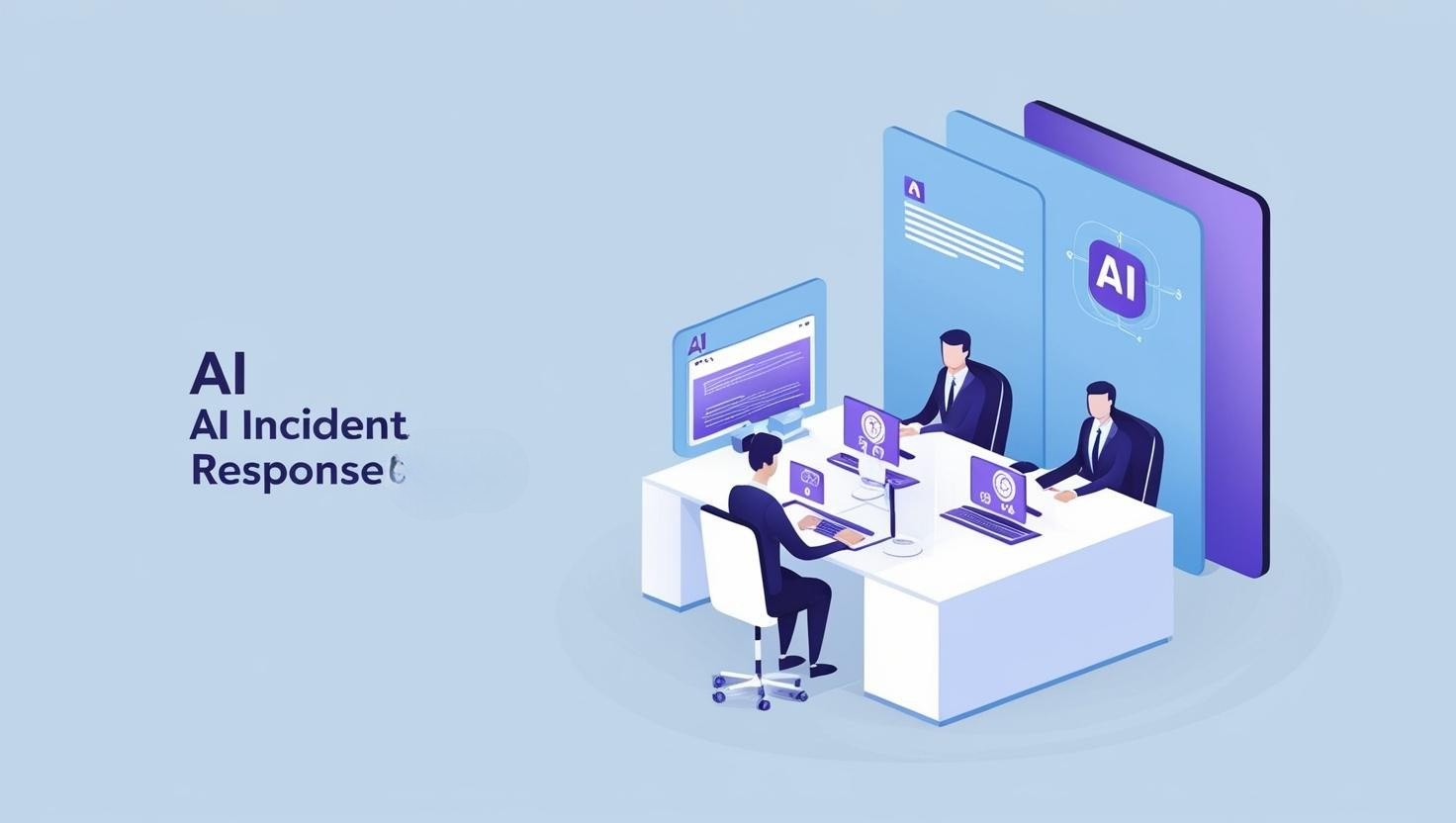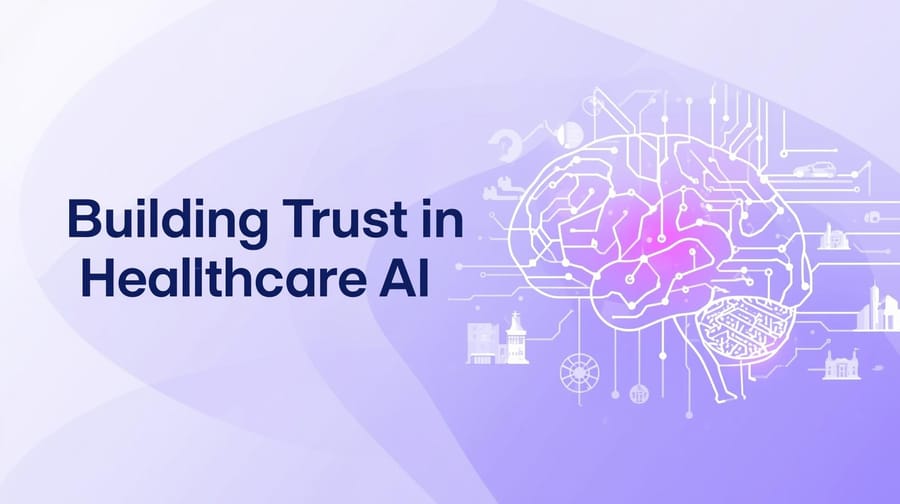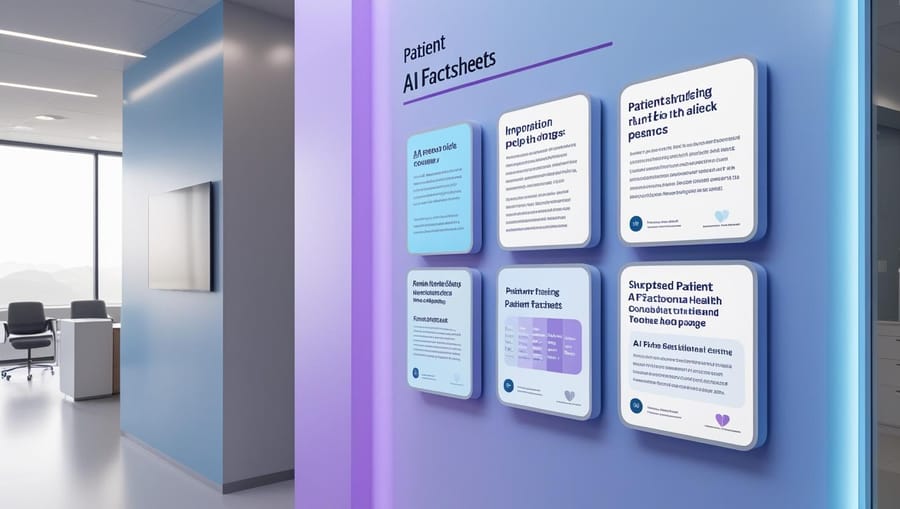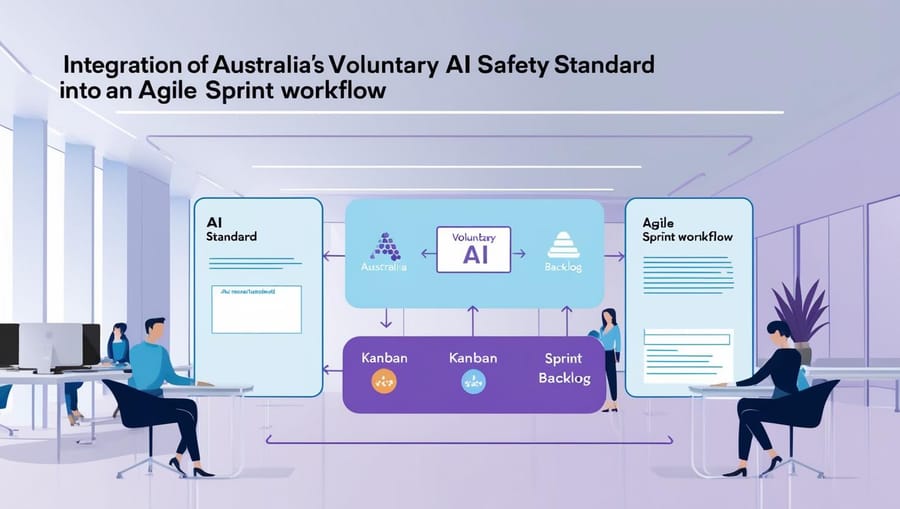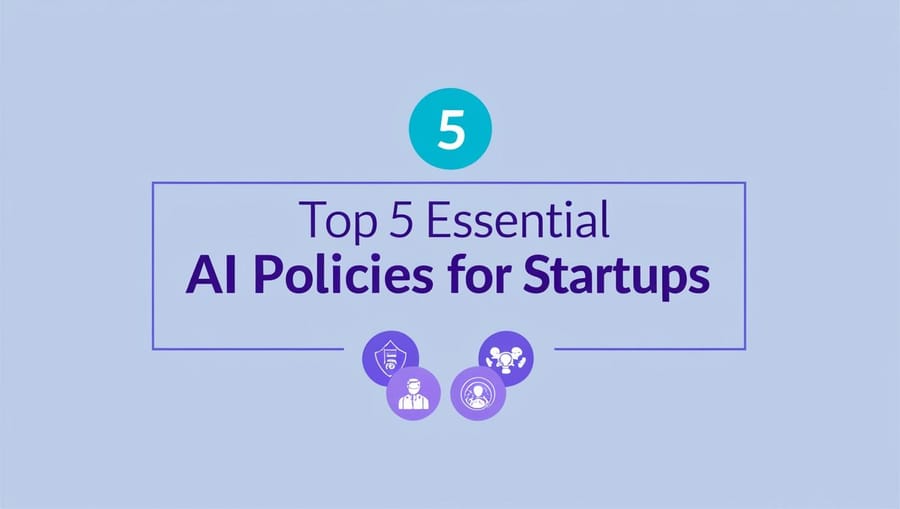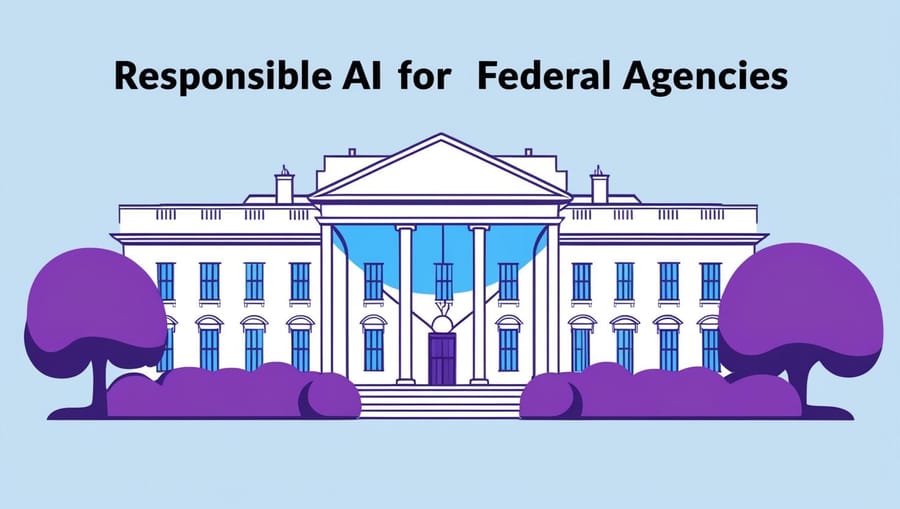Introduction: The Reality of AI System Failures
Artificial Intelligence (AI) is transforming industries, from finance and healthcare to cybersecurity and HR. However, AI systems are not infallible—failures can occur due to bias, data drift, adversarial attacks, or unexpected system behavior. When an AI system fails, organizations must have a structured incident response plan to mitigate risks, minimize disruptions, and ensure accountability.
Real World Challenges
Here are some real-world challenges that have arisen due to the lack of AI incident response:
Amazon’s AI Hiring Bias Scandal (2018)
Challenge: Amazon developed an AI-powered hiring tool to screen job applications. The system systematically discriminated against female candidates because it was trained on past hiring data that favored male applicants.
Lack of Incident Response: The issue went undetected for years because there was no proactive AI audit or incident response framework in place to detect and mitigate biases.
Outcome: Amazon eventually scrapped the AI hiring tool but faced backlash for allowing AI-driven bias in hiring.
Apple Card Gender Bias Controversy (2019)
Challenge: Apple’s AI-driven credit approval system was found to be granting significantly lower credit limits to women compared to men, even when financial profiles were similar.
Lack of Incident Response: Apple failed to detect and address bias before public complaints surfaced, highlighting a lack of bias audits and explainability measures in their AI model.
Outcome: Regulators launched an investigation, raising concerns about AI transparency and fairness in financial services.
GPT-3 Misinformation and Toxic Language (2020-Present)
Challenge: OpenAI’s GPT-3 has been found generating false or misleading information, sometimes producing harmful or biased responses when prompted on sensitive topics.
Lack of Incident Response: Despite efforts to fine-tune the model, OpenAI had no formal AI incident response framework to quickly mitigate AI-generated disinformation at scale.
Outcome: AI governance discussions intensified, leading to calls for stronger AI content moderation and transparency rules.
Zillow’s AI-Driven Housing Market Collapse (2021)
Challenge: Zillow’s AI-powered real estate valuation system (Zestimate) overestimated home prices, leading the company to purchase homes at inflated prices.
Lack of Incident Response: Zillow failed to implement real-time monitoring and risk assessment mechanisms, allowing the AI system to make high-risk financial decisions without human oversight.
Outcome: Zillow shut down its AI-powered home-buying division, laid off 25% of its workforce, and lost over $500 million.
Tesla’s Autopilot Safety Issues & Fatal Crashes (Ongoing)
Challenge: Tesla’s Autopilot and Full Self-Driving (FSD) AI systems have been involved in multiple fatal crashes due to AI failures in object detection and decision-making.
Lack of Incident Response: Tesla has been slow to acknowledge safety flaws and lacked a clear AI risk management framework for handling real-time failures.
Outcome: U.S. regulators launched multiple investigations, and Tesla has faced lawsuits over misleading claims about its AI’s capabilities.
Microsoft’s Tay Chatbot Disaster (2016)
Challenge: Microsoft’s Tay AI chatbot was designed to learn from Twitter conversations but became racist and offensive within 24 hours due to manipulation by users.
Lack of Incident Response: There were no real-time content moderation safeguards or incident response mechanisms to prevent the AI from being exploited.
Outcome: Microsoft shut down Tay within a day and later implemented stronger AI safety measures in future models.
Healthcare AI Misdiagnoses & Bias Issues
- IBM Watson for Oncology (2018): IBM’s AI system was intended to help doctors diagnose cancer but often provided incorrect or unsafe recommendations due to training on flawed datasets.
- Lack of Incident Response: IBM failed to implement robust AI audits and real-time monitoring, allowing erroneous medical advice to persist.
- Outcome: IBM Watson’s AI for Oncology was eventually phased out, raising concerns about AI reliability in healthcare.
Why AI Incident Response Matters
💡 AI failures can have serious financial, reputational, and legal consequences if organizations don’t implement real-time AI monitoring, incident response, and risk mitigation strategies.
💡 Lack of AI transparency and explainability often worsens failures, leading to public backlash and regulatory scrutiny.
💡 Companies need structured AI incident response frameworks that involve bias detection, ethical AI auditing, security monitoring, and human oversight to prevent such failures.
1. Understanding AI Failures: Causes & Risks
Common Causes of AI System Failures
- Data Drift – The AI model's training data no longer reflects real-world inputs, leading to inaccurate predictions.
- Algorithmic Bias – The AI model produces unfair or discriminatory outcomes due to biased training data.
- Security Vulnerabilities – AI systems are susceptible to adversarial attacks and data poisoning.
- Model Overfitting – The AI system performs well on test data but fails in real-world applications.
- Regulatory Non-Compliance – AI decisions do not meet legal or ethical requirements.
🔹 Example: A hiring AI system that favors male candidates over female candidates due to biased training data.
Potential Risks of AI Failures
❌ Financial Losses – Incorrect AI-driven decisions can result in fraud, compliance fines, or operational failures.
❌ Reputational Damage – A failed AI system can erode public trust and credibility.
❌ Legal & Regulatory Consequences – Companies may face fines or lawsuits if AI decisions violate privacy or fairness laws.
❌ Security Threats – Malicious actors can exploit AI vulnerabilities to manipulate outcomes.
🔹 Example: In 2023, an AI-powered trading algorithm caused market instability due to faulty risk calculations.
2. AI Incident Response Framework: A Step-by-Step Guide
A structured AI incident response plan enables organizations to detect, investigate, contain, and mitigate AI failures effectively.
🔹 Step 1: Detect & Acknowledge the AI Incident
✅ Implement AI monitoring tools to detect anomalies in real-time.
✅ Set up alert systems that notify teams of irregular AI behavior.
✅ Encourage human oversight to catch failures that automated systems may miss.
🔹 Example: A cybersecurity AI system detecting an unexpected surge in login attempts alerts the security team to a potential breach.
🔹 Step 2: Investigate & Diagnose the Root Cause
✅ Conduct a root cause analysis to determine whether the failure stems from data, bias, model drift, or security vulnerabilities.
✅ Utilize explainable AI (XAI) techniques to assess how the AI system reached its decisions.
✅ Perform an audit trail review to trace AI outputs and identify flaws.
🔹 Example: A healthcare AI model misdiagnosing patients undergoes an audit, revealing an imbalance in training data.
🔹 Step 3: Contain & Mitigate the Impact
✅ Disable or roll back the faulty AI system to prevent further harm.
✅ Implement fallback mechanisms (e.g., switching to human decision-making).
✅ Communicate with stakeholders, regulators, and affected users transparently.
🔹 Example: A self-driving car AI with a navigation error is immediately deactivated, and engineers deploy a manual override system.
🔹 Step 4: Implement Fixes & Improve AI Resilience
✅ Retrain AI models using more diverse and representative datasets.
✅ Strengthen security protocols to prevent adversarial attacks.
✅ Deploy continuous AI monitoring to detect future failures proactively.
🔹 Example: A recruitment AI system is retrained with unbiased hiring data, reducing discrimination in candidate selection.
🔹 Step 5: Document, Report, & Prevent Future Incidents
✅ Maintain a detailed AI incident report for compliance and internal learning.
✅ Share findings with regulatory bodies if required under laws like GDPR or the EU AI Act.
✅ Continuously update AI governance policies to reflect lessons learned.
🔹 Example: A financial firm updates its AI risk management framework after a trading AI glitch.
3. Best Practices for AI Incident Response
✅ Develop a Proactive AI Incident Response Plan – Establish clear escalation protocols for AI failures.
✅ Assign AI Risk Management Roles – Designate compliance officers, AI engineers, and legal teams for AI governance.
✅ Implement AI Fail-Safes – Build mechanisms to transition AI-driven decisions to human review in high-risk scenarios.
✅ Conduct Regular AI Stress Tests – Simulate AI failure scenarios to prepare response teams.
✅ Ensure Regulatory Compliance – Align AI governance with NIST AI RMF, ISO 42001, and the EU AI Act.
🔹 Example: A large enterprise conducts quarterly AI risk audits to assess compliance and performance stability.
4. Future Trends in AI Incident Response
🚀 Automated AI Failure Detection – AI monitoring systems using self-healing mechanisms to detect and fix issues in real time.
🚀 Explainable AI for Incident Resolution – More businesses adopting explainable AI (XAI) tools to interpret AI failures.
🚀 Stronger AI Governance Regulations – The EU AI Act and global policies enforcing stricter AI risk management frameworks.
🚀 AI Insurance & Liability Policies – Businesses insuring AI failures to mitigate financial risks.
🔹 Example: AI governance platforms will offer real-time compliance dashboards to track AI risks automatically.
Final Thoughts: Preparing for AI Failures Before They Happen
AI failures are inevitable, but how an organization responds determines whether the impact is contained or catastrophic. Having a structured AI incident response plan ensures businesses can detect, investigate, and mitigate AI failures efficiently.
✅ Invest in AI monitoring and risk detection systems.
✅ Develop clear AI incident response protocols.
✅ Continuously audit AI models for bias, drift, and security vulnerabilities.
✅ Ensure regulatory compliance with evolving AI governance frameworks.

